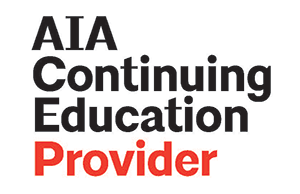 | 1 LU |
 | 1 LU |
When asked, students speak with raw honesty. It is unusual that they are asked to provide their insight, and when they do, their voices are sometimes seen as a disruption to the status quo. Many of the students’ voices depicted in this presentation were of those who attended schools designed to support their interests and talents. The setting of these studies seemed to provide students with a heightened sense of their curricula, their environment, and the connection or disconnection between the two. Student voices collected during the pandemic offer reflection of the societal disruption, as well as the thoughts of the students as a magnified disruption to consider for future learning environments. The student voices collected, as part of a series of research project out of The University of Texas at Tyler, clearly depict self-awareness and learning preferences. Moreover, their voices detail aspects of the learning environment that work to either foster their learning and engagement, or hinder these aspects. Their teachers and principals validated the students’ voices with expectations of interdependent learning on complex and varietal tasks that reveal their ideas, which informs design for evolving pedagogy. Given the pandemic, and the unknowns surrounding future places for education, the voices of these students provide insight as to what educators and architects should consider as policymakers make determinations about where learning will occur.
Learning Objectives:
Yanira Oliveras-Ortiz, Ph.D., Associate Professor, The University of Texas at Tyler
Dr. Oliveras-Ortiz is an associate professor and the assistant director of the School of Education at The University of Texas at Tyler. Prior to joining the UT Tyler faculty, she spent 20 years in K-12 education where she served as a teacher, curriculum coordinator, and school principal. Dr. Oliveras’ research agenda includes the study of the impact learning spaces on student engagement. She holds a Ph.D. in Curriculum and Instruction from Penn State University.
Dalane Bouillion, Ed.D., Principal of Educational Planning, VLK Architects
Dr. Bouillion serves as the Principal of Educational Planning. She spent her career committed to public education, serving as teacher, principal, and associate superintendent for curriculum and instruction prior to becoming a member of the design team at VLK Architects. Dalane enjoys the ability to impact learning from a design side, creating ideal learning environments for students and teachers as she engages them in the planning process for their future facilities.
Ken Hutchens, Chief Creative Officer, VLK Architects
As Chief Creative Officer, Ken is involved in the development of design principles and strategy for VLK Architects’ market sectors on a corporate level. Ken believes that the right blend of research, psychology, and creativity working through a multi-disciplinary collaborative process creates a higher level of design and user experience. Ken’s designs have won national, state and local awards, and he has spoken on the design of educational projects at national and regional conferences.